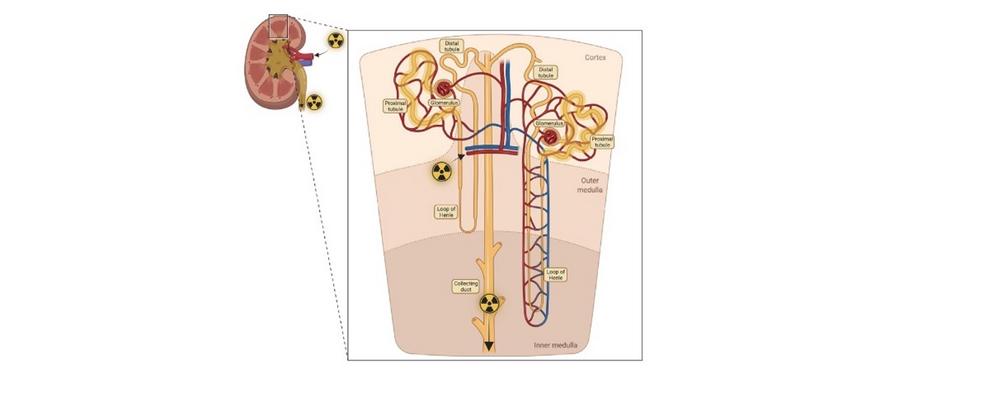Charlotte Andersson - Optimisation of radionuclide therapy by reduction of normal tissue damage
On June 1, Charlotte Anderson is defending her thesis for Doctor of Medical Science at the Institute of Clinical Sciences, Sahlgrenska Academy, in the research subject of Medical radiation science.
The title of the thesis is:Optimisation of radionuclide therapy by reduction of normal tissue damage
MORE INFORMATION ABOUT THE DISSERTATION
Supervisor: Eva Forssell-Aronsson
Co-Supervisor: Khalil Helou
Opponent: Marika Nestor, Uppsala universitet, Uppsala
Examining Committee: Max Levin, Sigrid Leide Svegborn och Stig Palm
Area
Health and
medicine

